Refine search
Actions for selected content:
2348 results in Statistical theory and methods
3 - Significance Testing Algorithms
-
- Book:
- Large-Scale Inference
- Published online:
- 05 September 2013
- Print publication:
- 05 August 2010, pp 30-45
-
- Chapter
- Export citation
7 - Estimation Accuracy
-
- Book:
- Large-Scale Inference
- Published online:
- 05 September 2013
- Print publication:
- 05 August 2010, pp 113-140
-
- Chapter
- Export citation
Contents
-
- Book:
- Large-Scale Inference
- Published online:
- 05 September 2013
- Print publication:
- 05 August 2010, pp v-viii
-
- Chapter
- Export citation
2 - Large-Scale Hypothesis Testing
-
- Book:
- Large-Scale Inference
- Published online:
- 05 September 2013
- Print publication:
- 05 August 2010, pp 15-29
-
- Chapter
- Export citation
References
-
- Book:
- Large-Scale Inference
- Published online:
- 05 September 2013
- Print publication:
- 05 August 2010, pp 251-257
-
- Chapter
- Export citation
8 - Correlation Questions
-
- Book:
- Large-Scale Inference
- Published online:
- 05 September 2013
- Print publication:
- 05 August 2010, pp 141-162
-
- Chapter
- Export citation
11 - Prediction and Effect Size Estimation
-
- Book:
- Large-Scale Inference
- Published online:
- 05 September 2013
- Print publication:
- 05 August 2010, pp 211-242
-
- Chapter
- Export citation
Appendix B - Data Sets and Programs
-
- Book:
- Large-Scale Inference
- Published online:
- 05 September 2013
- Print publication:
- 05 August 2010, pp 249-250
-
- Chapter
- Export citation
Appendix A - Exponential Families
-
- Book:
- Large-Scale Inference
- Published online:
- 05 September 2013
- Print publication:
- 05 August 2010, pp 243-248
-
- Chapter
- Export citation
1 - Empirical Bayes and the James—Stein Estimator
-
- Book:
- Large-Scale Inference
- Published online:
- 05 September 2013
- Print publication:
- 05 August 2010, pp 1-14
-
- Chapter
- Export citation
Frontmatter
-
- Book:
- Large-Scale Inference
- Published online:
- 05 September 2013
- Print publication:
- 05 August 2010, pp i-iv
-
- Chapter
- Export citation
9 - Sets of Cases (Enrichment)
-
- Book:
- Large-Scale Inference
- Published online:
- 05 September 2013
- Print publication:
- 05 August 2010, pp 163-184
-
- Chapter
- Export citation
Prologue
-
- Book:
- Large-Scale Inference
- Published online:
- 05 September 2013
- Print publication:
- 05 August 2010, pp ix-xi
-
- Chapter
- Export citation
6 - Theoretical, Permutation, and Empirical Null Distributions
-
- Book:
- Large-Scale Inference
- Published online:
- 05 September 2013
- Print publication:
- 05 August 2010, pp 89-112
-
- Chapter
- Export citation
5 - Local False Discovery Rates
-
- Book:
- Large-Scale Inference
- Published online:
- 05 September 2013
- Print publication:
- 05 August 2010, pp 70-88
-
- Chapter
- Export citation
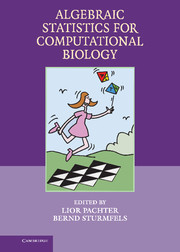
Algebraic Statistics for Computational Biology
-
- Published online:
- 04 August 2010
- Print publication:
- 22 August 2005
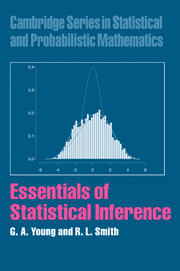
Essentials of Statistical Inference
-
- Published online:
- 06 July 2010
- Print publication:
- 25 July 2005
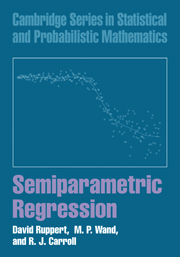
Semiparametric Regression
-
- Published online:
- 06 July 2010
- Print publication:
- 14 July 2003
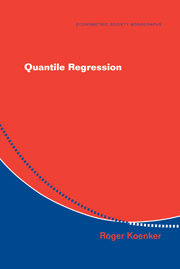
Quantile Regression
-
- Published online:
- 06 July 2010
- Print publication:
- 05 May 2005
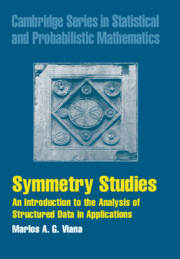
Symmetry Studies
- An Introduction to the Analysis of Structured Data in Applications
-
- Published online:
- 06 July 2010
- Print publication:
- 09 June 2008
